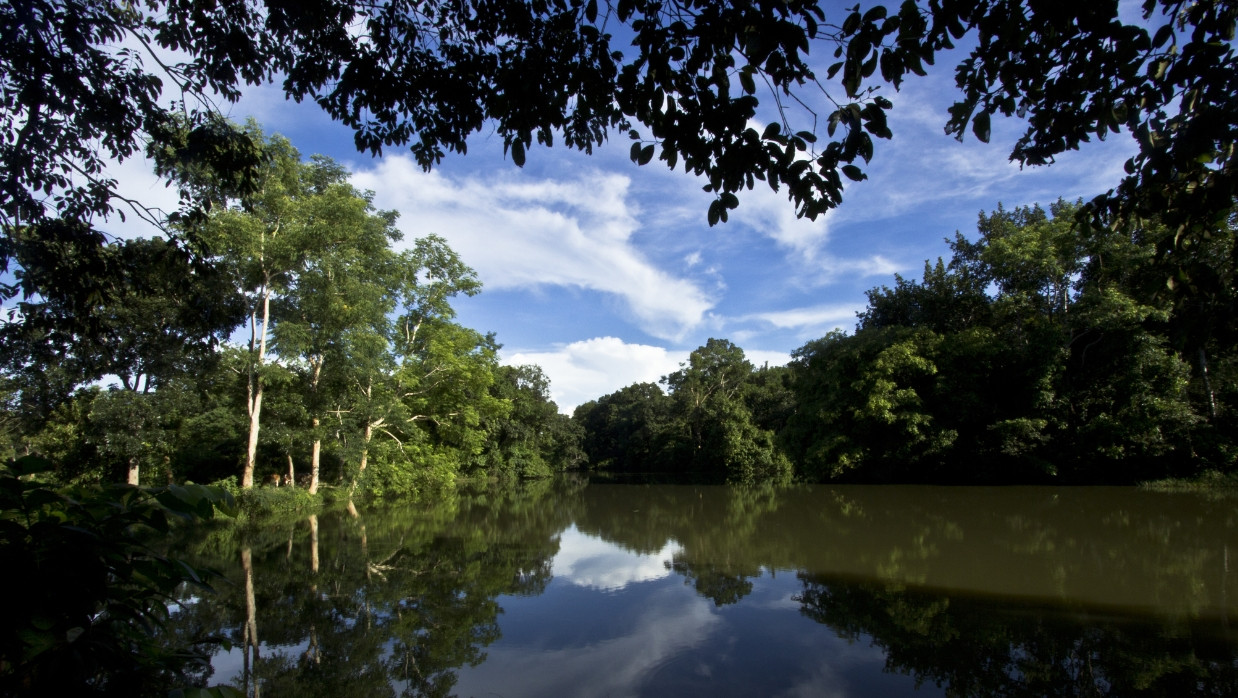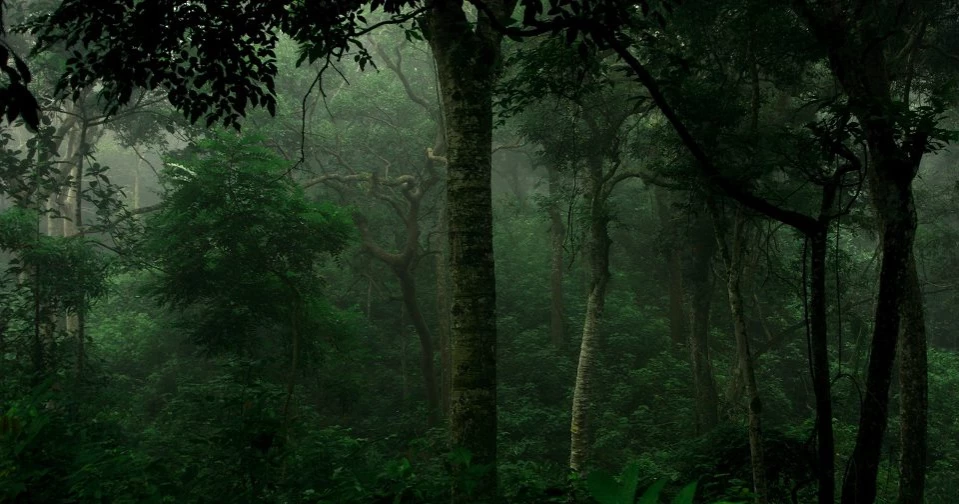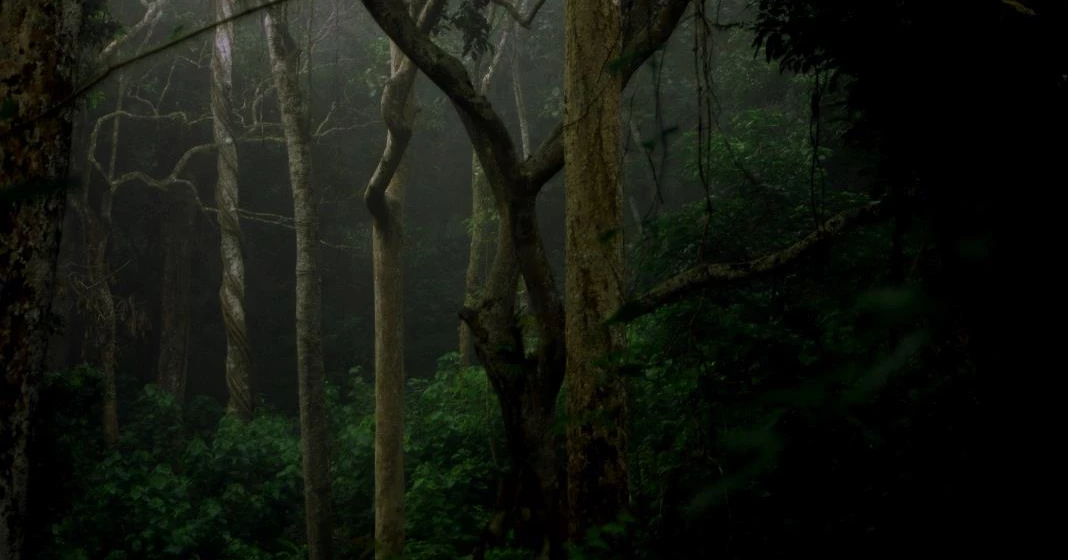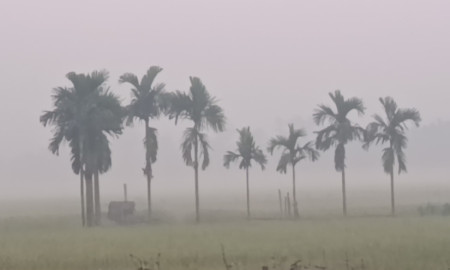Rema–Kalenga Wildlife Sanctuary in Habiganj: A Travel Guide

Amid the urban hustle, Bangladesh boasts several wildlife sanctuaries that safeguard endangered species, preserve ecological balance, and serve as vital habitats for wildlife and migratory birds. Habiganj district in the northeast is endowed with verdant forests, tea gardens, hills, and rich biodiversity. The Rema-Kalenga Wildlife Sanctuary, established in 1982 and expanded in 1996, stands out as one of the country's largest natural forests after the Sundarbans. Spanning 1,795.54 hectares, it is Bangladesh's second-largest wildlife sanctuary and a biodiversity hotspot. Here's a detailed travel guide to Rema-Kalenga.
Location
Situated in Chunarughat Upazila of Habiganj district in Sylhet Division, the sanctuary borders India's Tripura state and is near Srimangal in Moulvibazar. It is about 130 km northeast of Dhaka and encompasses the Kalenga, Rema, Chanbari, and Rashidpur ranges of Habiganj's Kalenga Forest Division.
Significance
Rema-Kalenga is a protected dry and evergreen forest, one of the few remaining natural woodlands in relatively good condition in Bangladesh. It faces threats from deforestation and illegal logging, but its rich flora and fauna make it a critical conservation area.

Flora
The sanctuary harbours 638 species of plants, trees, and vines, including awal, teak, kakra, neur, hargaza, gandharoi, haritaki, bohera, jamun, fig, jackfruit, champa, kau, kadam, rata, chikrashi, chapalish, neem, and bonmala.
Fauna
Home to seven amphibian species, 18 reptiles, and 167 birds, the forest is recognised as an Important Bird Area by BirdLife International. Notable birds include the greater racket-tailed drongo, hill myna, Asian pied hornbill, junglefowl, spotted dove, magpie robin, common myna, spotted owlet, and tailorbird. Mammals number 37 species, such as wild boar, monkeys, langurs, capped langurs, hares, barking deer, fishing cats, civets, wild dogs, and jackals. Standouts include the hog badger, Indian leopard, Asian golden cat, leopard cat, western hoolock gibbon, Phayre's langur, and five squirrel species. Reptiles feature Burmese pythons and green pit vipers. Tigers were last sighted in 1971, while leopards occasionally stray from India.
What to See and Do
Entering the sanctuary, visitors are mesmerised by the lush greenery. Three nature trails—30 minutes, one hour, and three hours—offer scenic walks where birdwatching and wildlife spotting are possible. A tall watchtower provides panoramic forest views, while a man-made lake at its base attracts birds and animals. Indigenous communities like Tripura, Santal, Telugu, and Urang villages offer cultural insights.
Best Time to Visit
The sanctuary is accessible year-round, but avoid the monsoon when trails become muddy.

How to Get There
Via Shayestaganj: From Dhaka, take a Sylhet-bound bus or train and alight at Shayestaganj (fares Tk 250-300). The Upaban Express train (nightly except Wednesdays, departing 10:00pm; fares Tk 120-673) stops there. From Shayestaganj, hire an autorickshaw or CNG to Kalenga (Tk 500-600).
Via Srimangal: Travel by bus from Dhaka's Fakirapul or Saidabad terminals (Tk 350-450) or train from Kamalapur. From Srimangal, hire a jeep to Kalenga (Tk 2,000-3,000) through the forest—enjoyable but challenging in rains.
Where to Stay
The Forest Department's Kalenga rest house requires permission from Sylhet Divisional Forest Officer. Nishorgo Taraf Hill Cottage is popular (Tk 800-2,500). Luxury options include Palace Resort in Bahubal Upazila (Tk 7,000-15,000).
Cautions
Hire a guide for safety. Avoid monsoon treks for adventure, and prioritise responsible tourism to protect the ecosystem.












